Speedchain - Dynamic Power for Golf
/View the HD video lesson HERE
 The speedchain is a tremendous teaching and training aid for just about any golfer looking to get a sense for what the body should be doing throughout the golf swing. And by now you should all know I am a big fan of getting the body to work correctly. While it may not be the easiest aid to use and "operate" it is superb at communicating the feel of the transition and downswing.
The speedchain is a tremendous teaching and training aid for just about any golfer looking to get a sense for what the body should be doing throughout the golf swing. And by now you should all know I am a big fan of getting the body to work correctly. While it may not be the easiest aid to use and "operate" it is superb at communicating the feel of the transition and downswing.
Ben Hogan has long been admired for his dynamic golf swing and the effortless ease with which he drove his weight up onto his front foot. It often looked like he was "cracking a whip" when he swung a club. Training with the speedchain will get you to sense the hip drive and weight shift - just prior to - the arms and the club completing the back swing. A necessity for delivering maximum power and snap into the back of the ball.
The speedchain is made up of a sturdy grip attched to a length (20') of chain where the links get bigger and heavier as they extend out away from the grip. The weight of the chain forces the body to work as efficiently (correctly!) as possible. I would recommend using or purchasing the XX Strong Model (for all golfers) as the heavier chain limits the amount of whipping in the terminal end of the chain - it just seems a little safer.
Here's a teaching/training aid that is guaranteed to help your swing and as a bonus it offers an excellent core workout as well - I cannot recommend it enough!
FYI - I am in no way affiliated with the manufacturing or selling of the speedchain.
For more information on Speedchains and purchasing click HERE
View the HD video lesson HERE


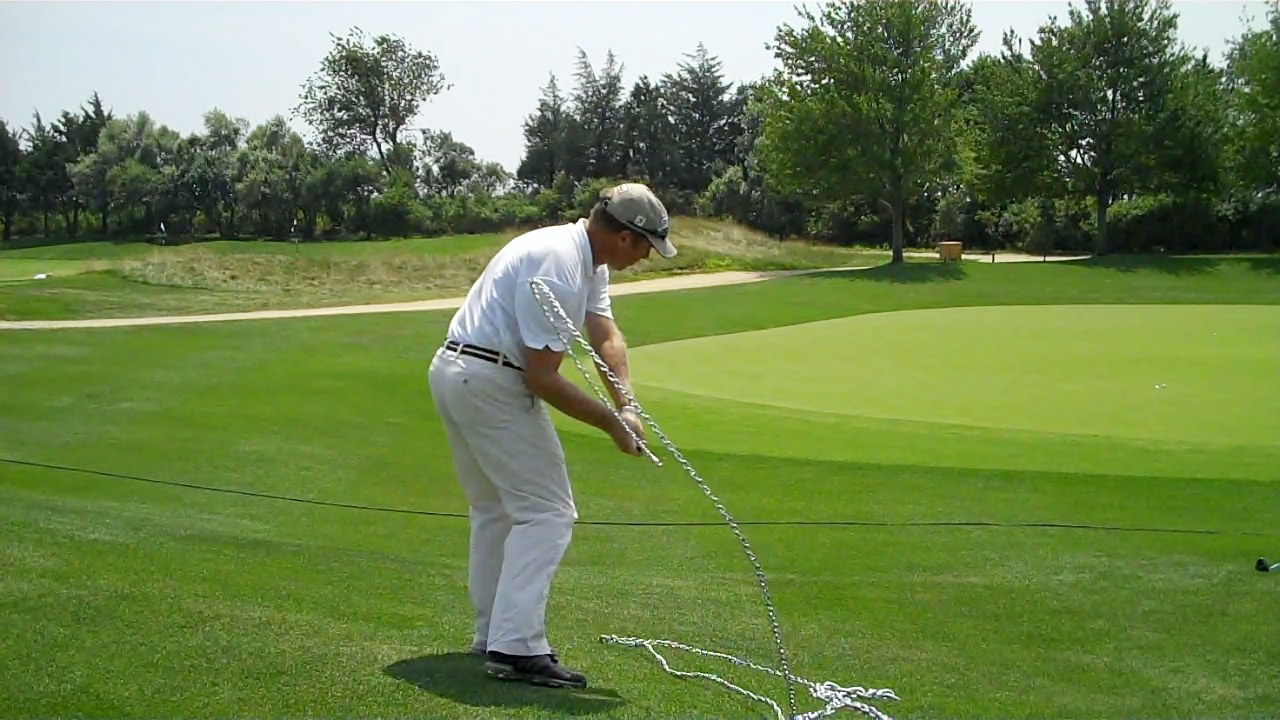
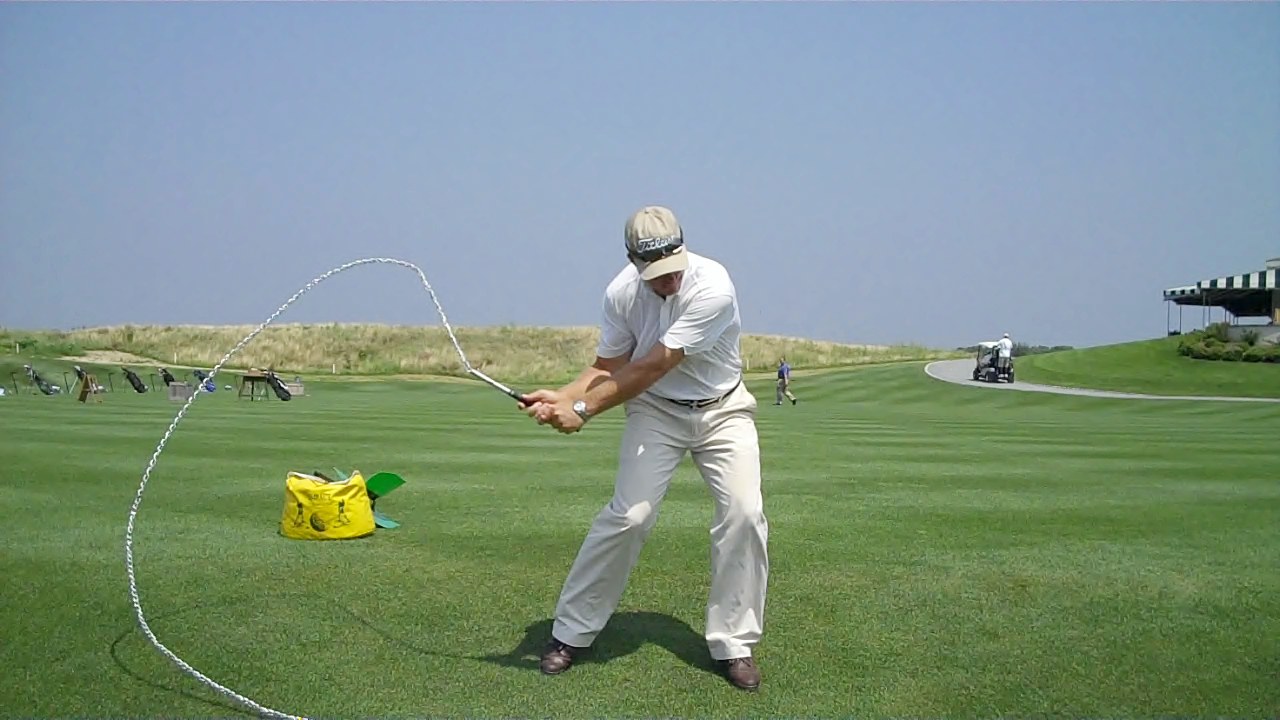

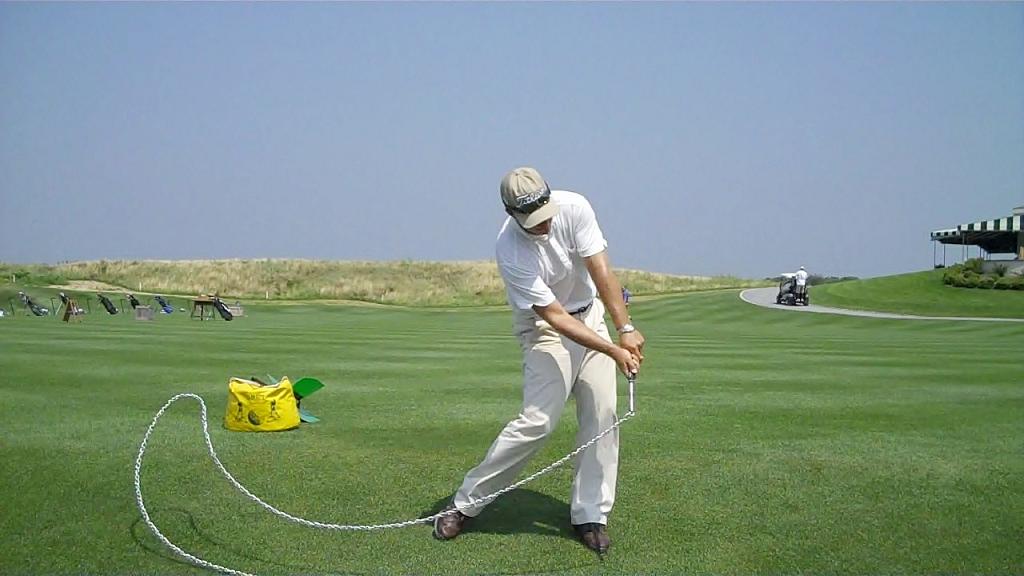
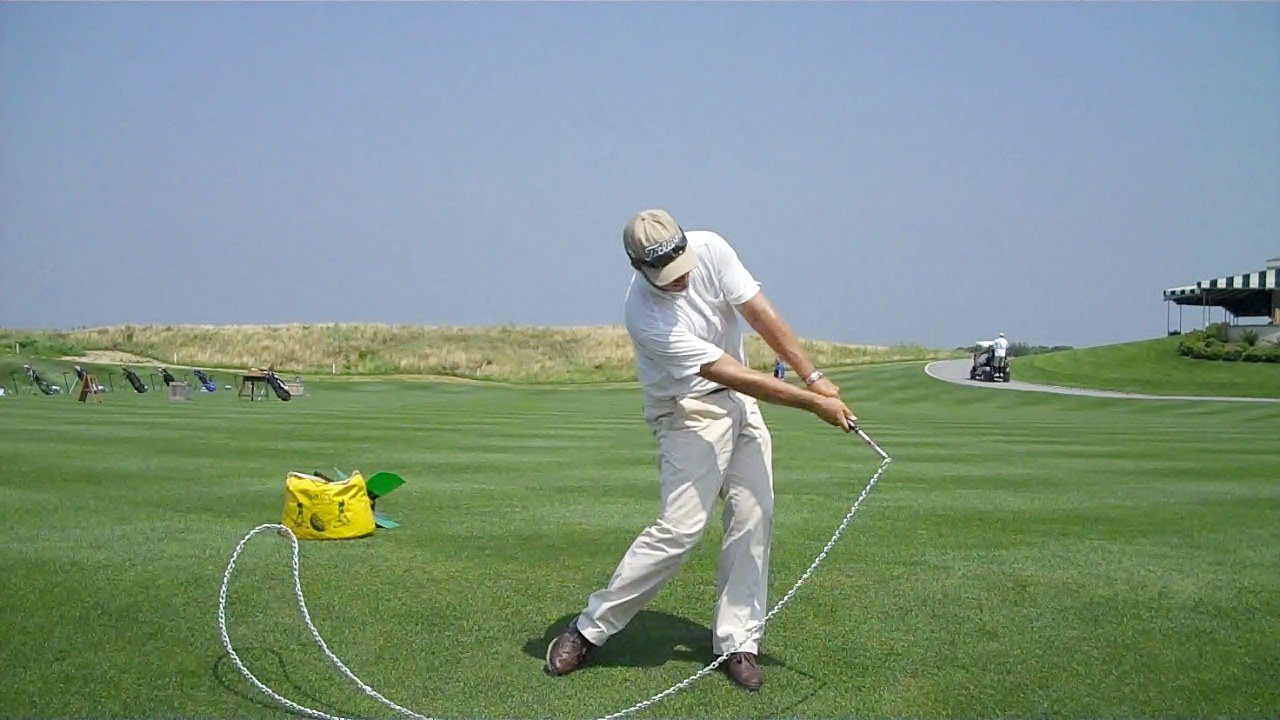
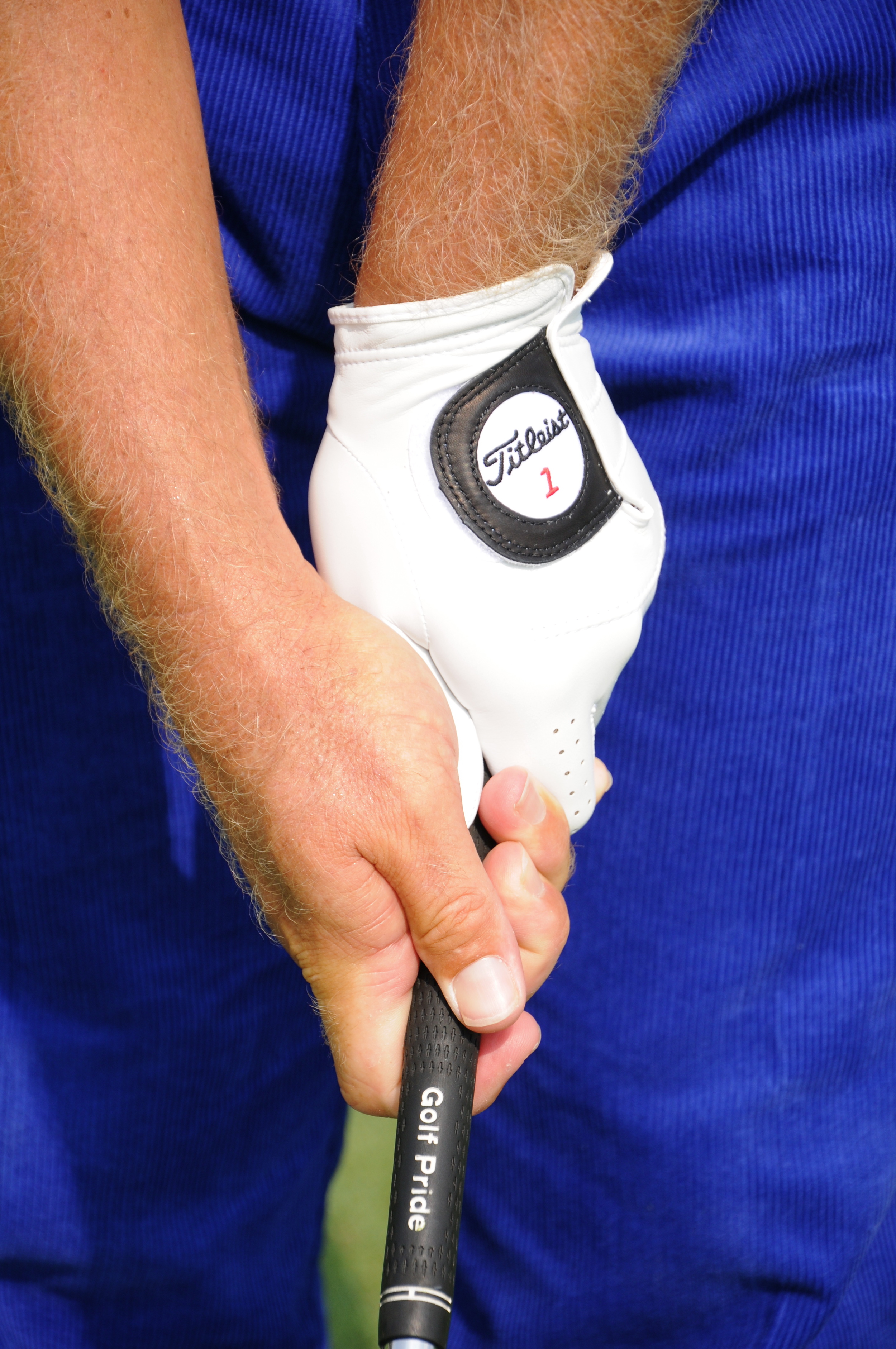
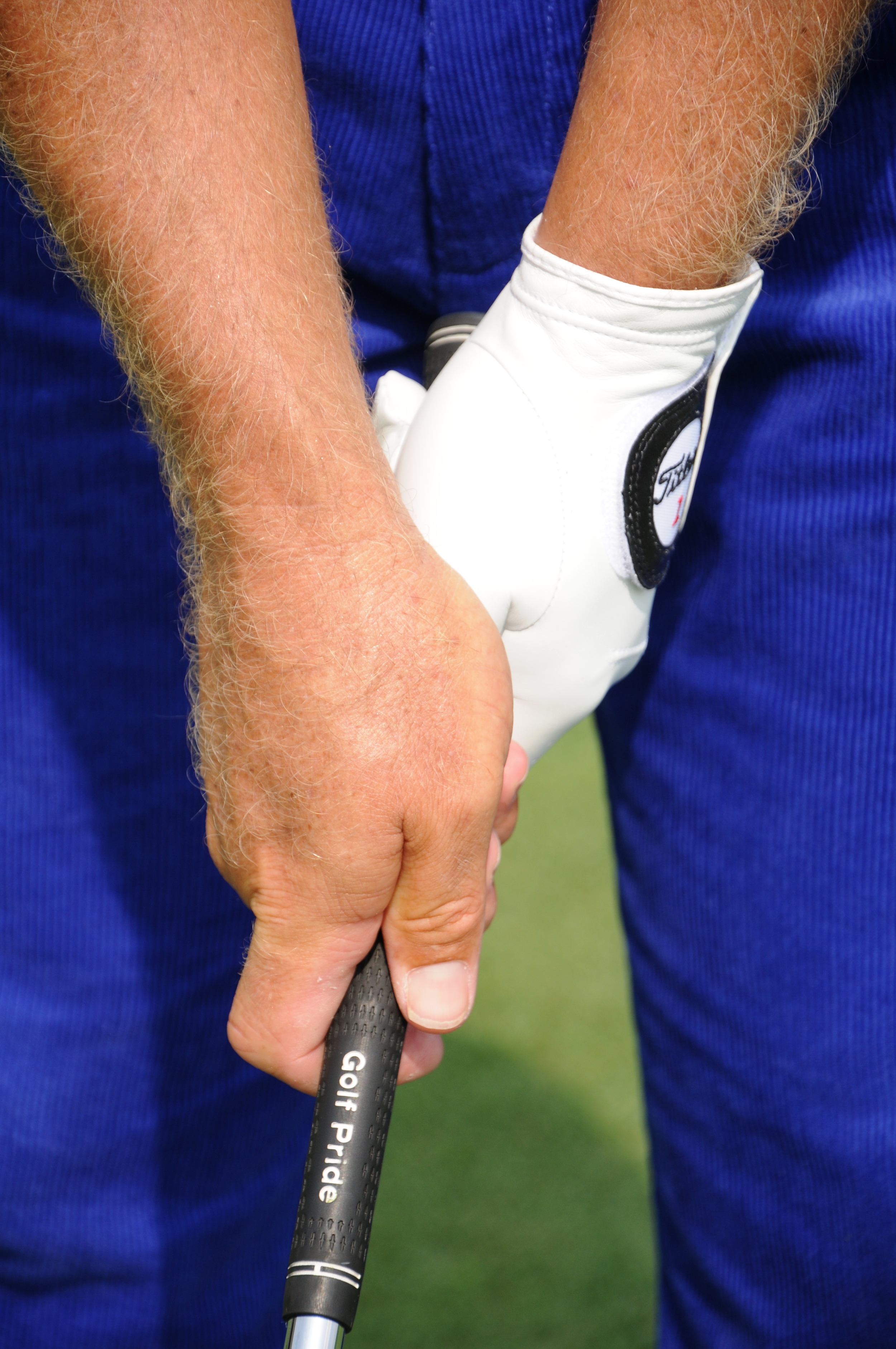
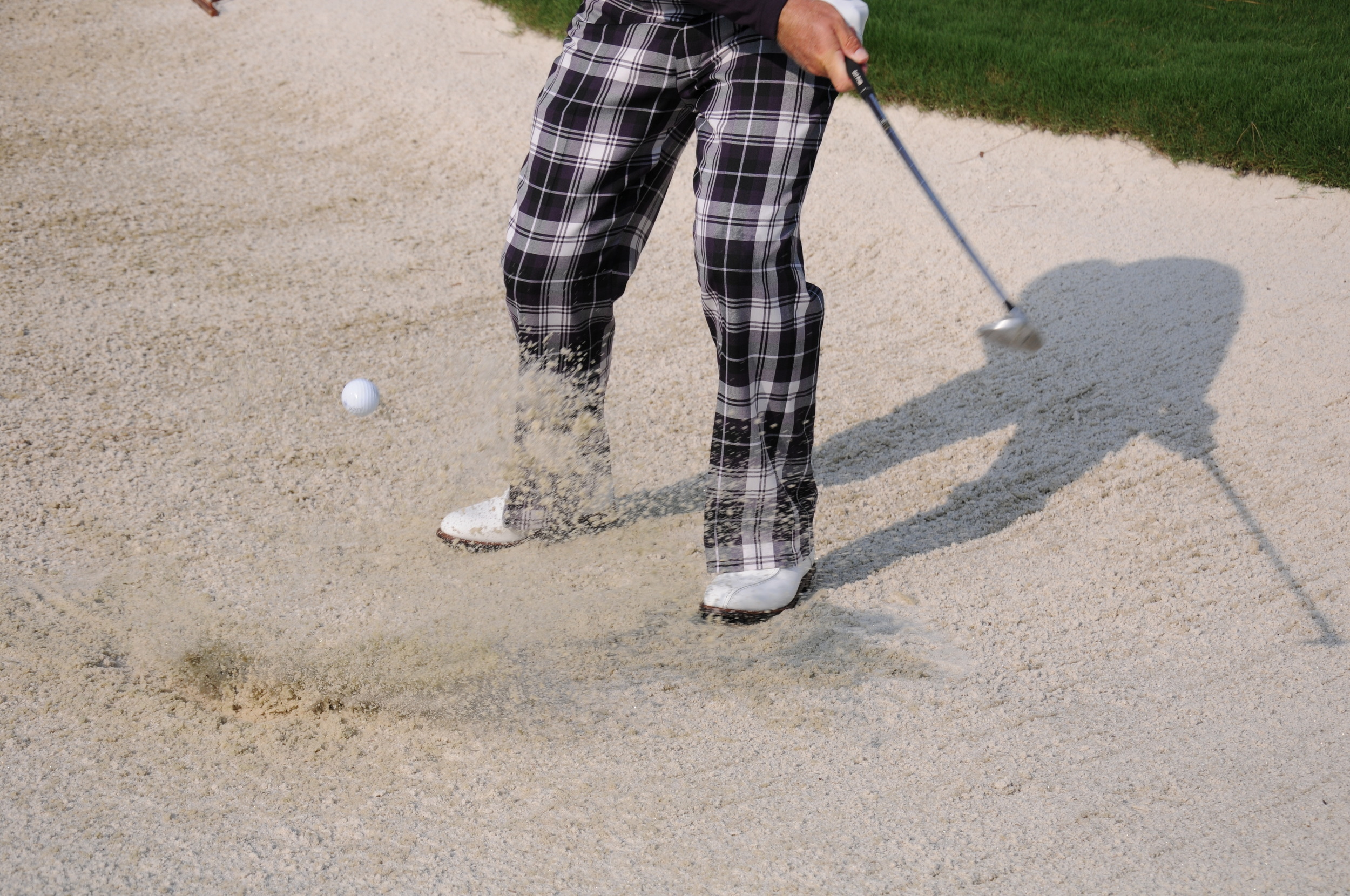

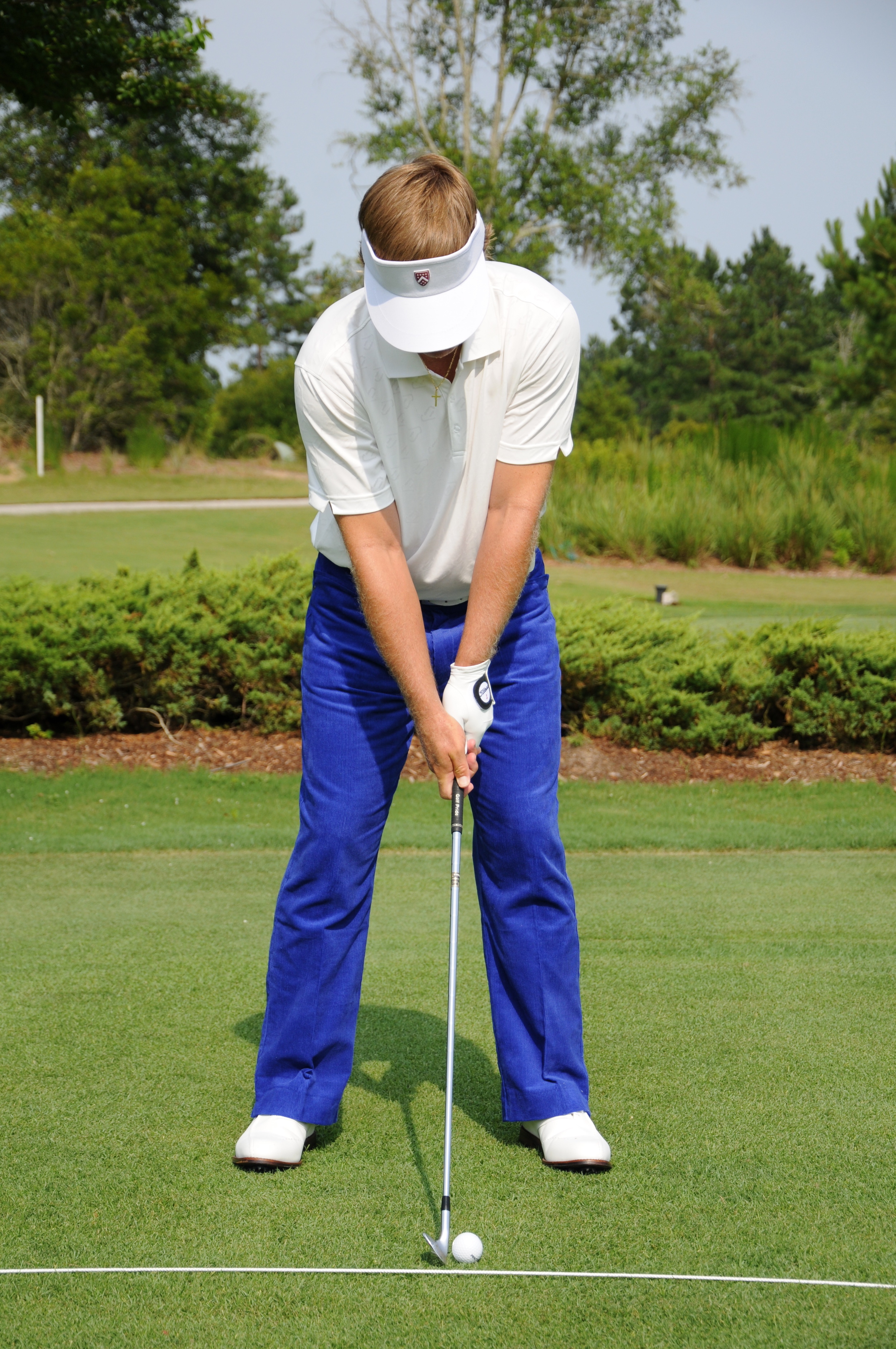
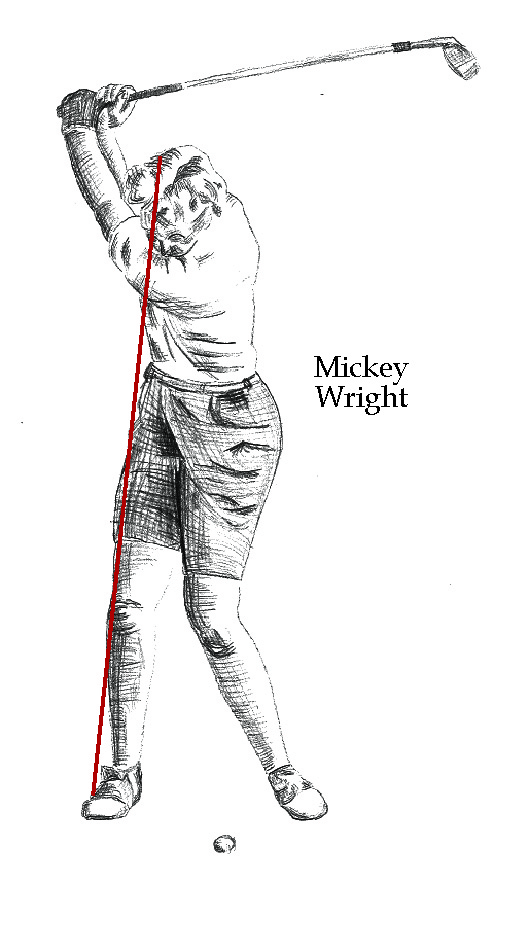 At address the head should not break the line. I noticed with golfers who had too much tilt at address this was quite prevalent and they all had a difficult time assuming the proper impact position once they had started poorly. Notice the picture below.
At address the head should not break the line. I noticed with golfers who had too much tilt at address this was quite prevalent and they all had a difficult time assuming the proper impact position once they had started poorly. Notice the picture below.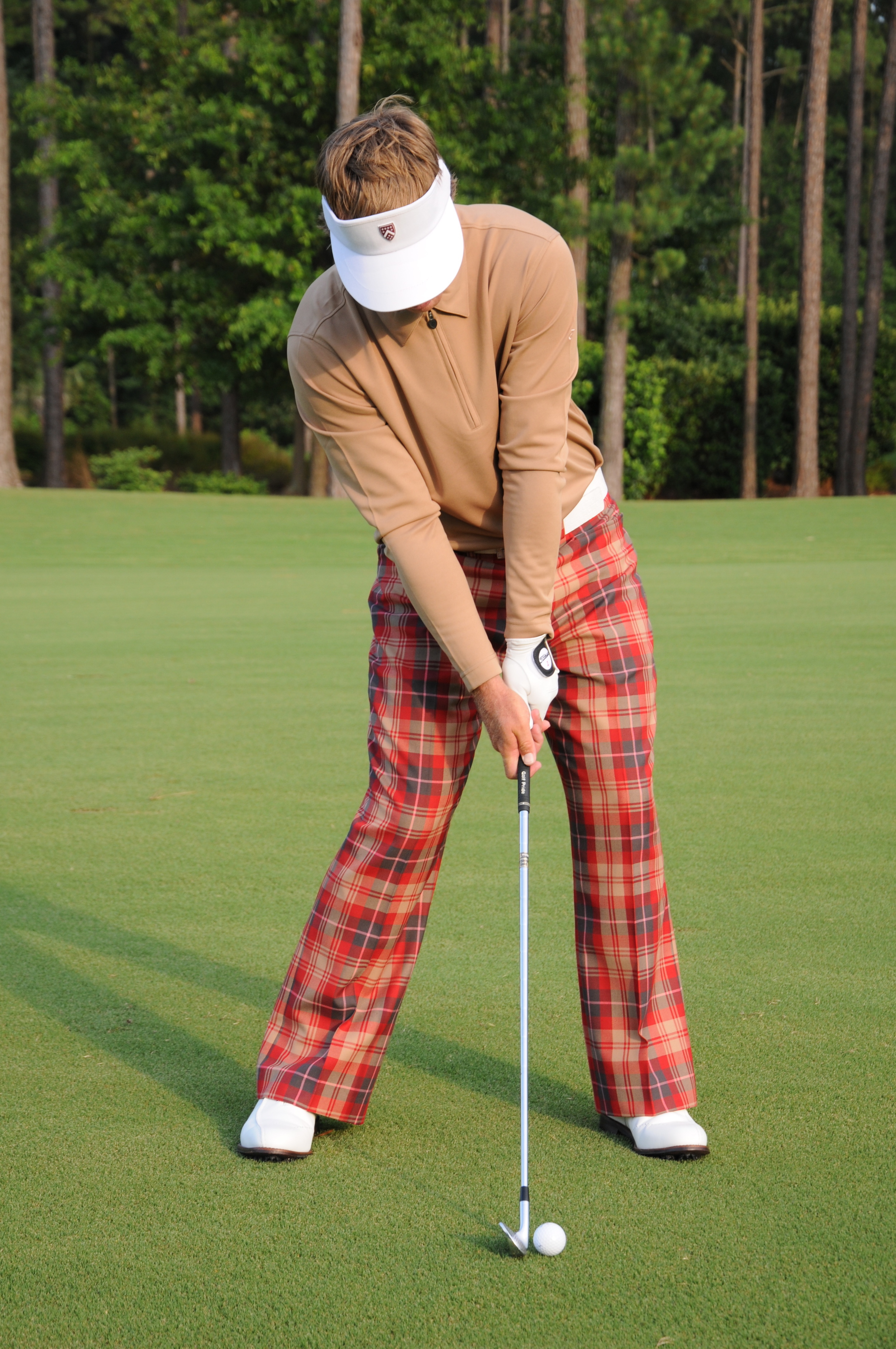

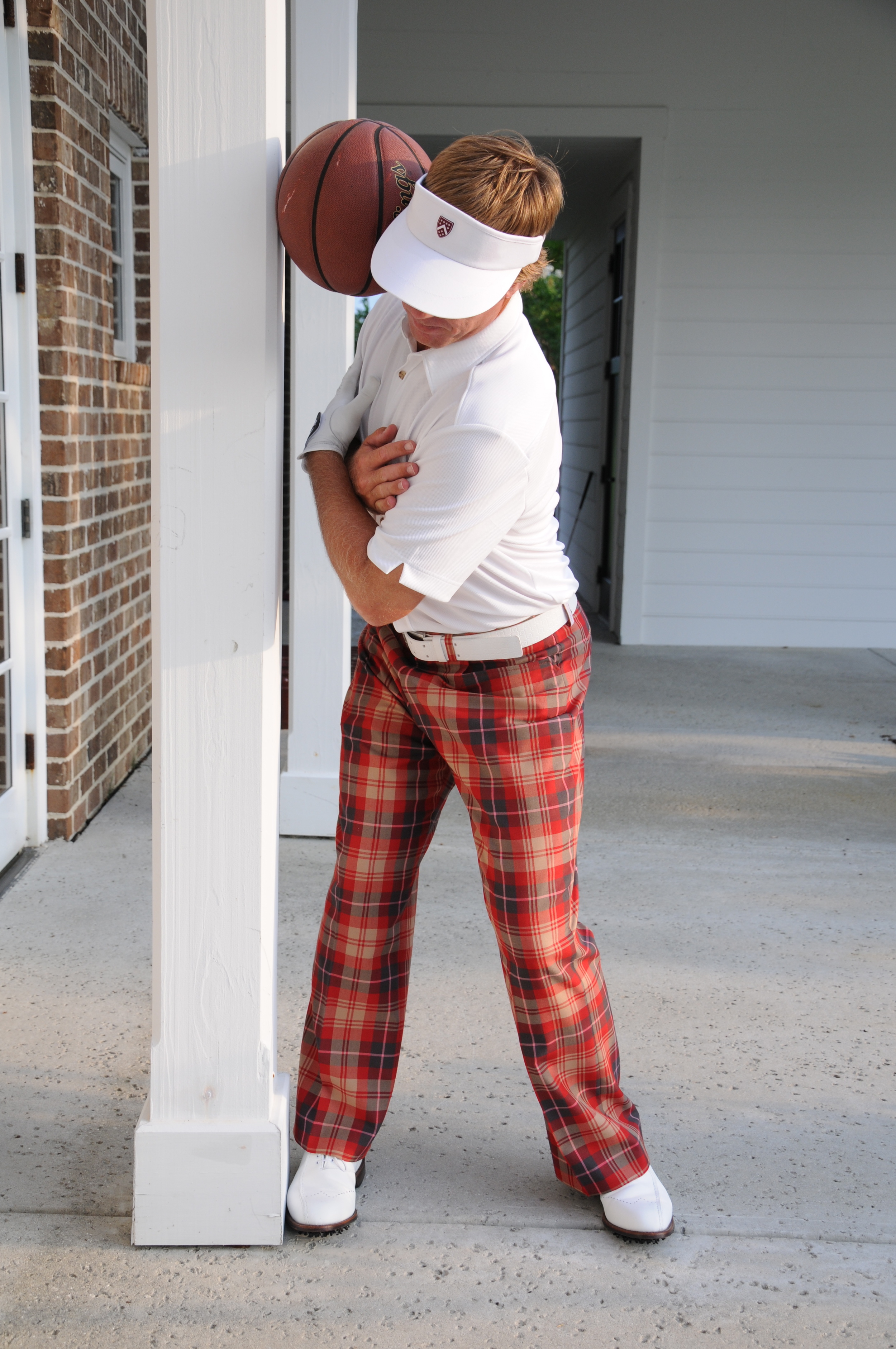
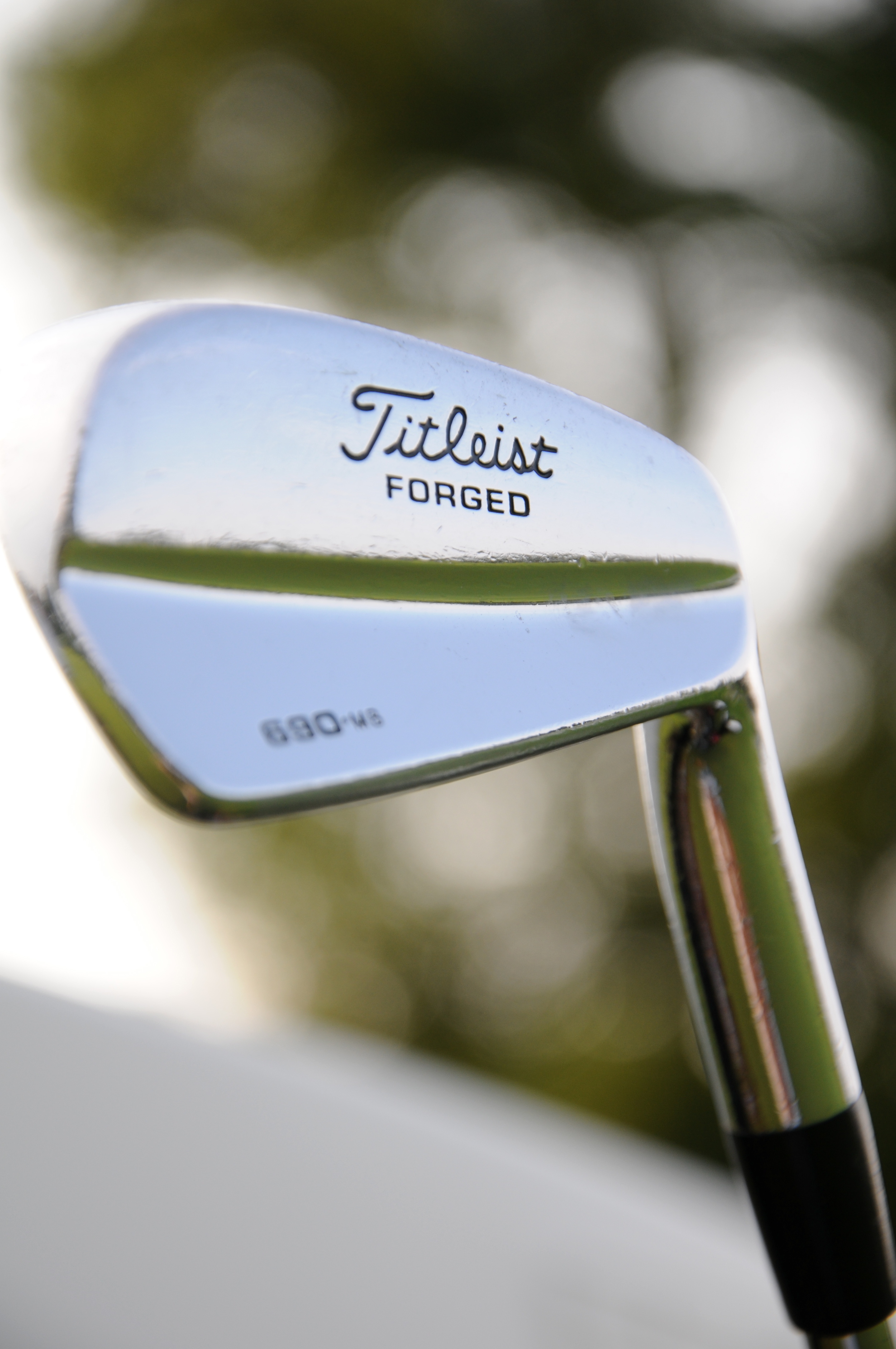 So often golfers are tempted into believing their equipment is the reason for the poor results they have been experiencing. Sometimes they may be correct, yet most times, this leads to the decision to make a change.
So often golfers are tempted into believing their equipment is the reason for the poor results they have been experiencing. Sometimes they may be correct, yet most times, this leads to the decision to make a change.











